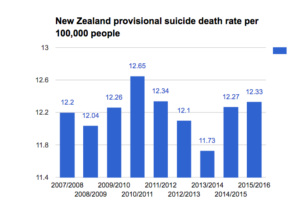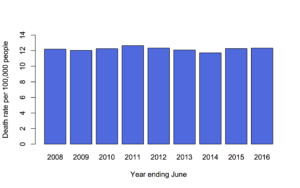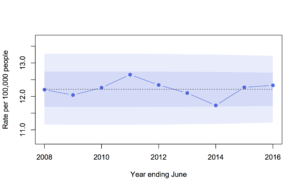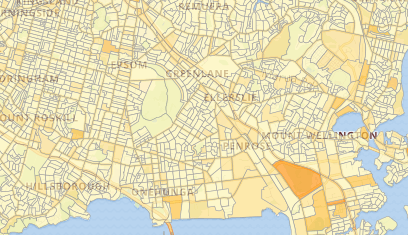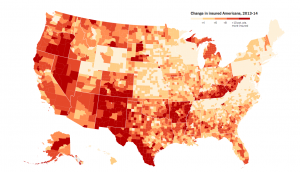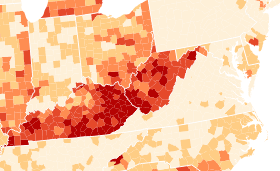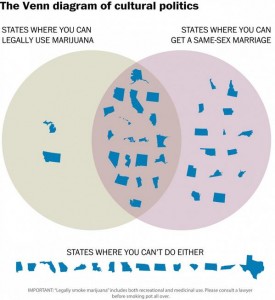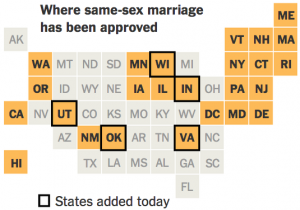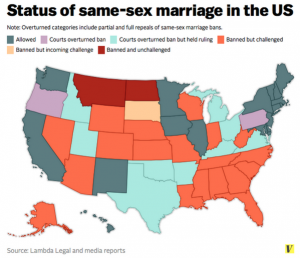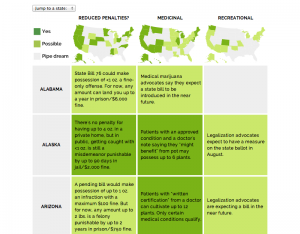Australia and New Zealand are introducing new food labelling legislation that will reduce the scope for bogus health and nutrition claims (the only bogus claims allowed will be the ones that slipped into the official code). This is a Good Thing, as I have said in the past.
The legislation also says you can’t make health claims about booze. This is probably a Good Thing, although I don’t see why calorie/carbohydrate claims shouldn’t be allowed. However, there’s a serious bug in the standards: one of the claims that’s specifically disallowed for alcoholic beverages is “gluten-free.”
It’s true that “gluten-free” has become a trendy bogus nutrition claim, but it’s also vital health information for some people, particularly those with coeliac disease. In that context, “gluten-free” is more like an allergen warning (“May contain nuts”) than a nutrition warning. In fact, if you look at the section on “Mandatory Warning and Advisory Statements and Declarations”, Clause 4 includes
Cereals containing gluten and their products, namely, wheat, rye, barley, oats and spelt and their hybridised strains other than where these substances are present in beer and spirits standardised in Standards 2.7.2 and 2.7.5 respectively
along with peanuts, soybeans, eggs, milk, etc. That is, declaring the presence of gluten is mandatory except in beer, where it is the only one of the Clause 4 mandatory warnings that becomes forbidden. Banning gluten-free labelling on beer is deliberate and planned, it didn’t just fall between the cracks.
Since this is a trans-Tasman law, it’s going to be a pain to revise. There seems to be one possible loophole. In the Nutrition/Health claims standards, there is provision for endorsements by independent endorsing bodies. These are exempted from most of the health/nutrition regulations: as the Explanatory Text says:
Endorsements are exempt from the other requirements of the Standard (except clause 7), to allow for endorsement programs which use the criteria set by the endorsing body.
It appears (though I may have missed something, and I’m not a lawyer) that Coeliac New Zealand could still endorse gluten-free beers, even though the brewers couldn’t make the same claims themselves.
[Further update: MPI contacted Keruru Brewery and say they are now working on a solution for gluten-free beer.]
[update: I heard about this on Twitter, but the blog post that kicked off Twitter is here]
